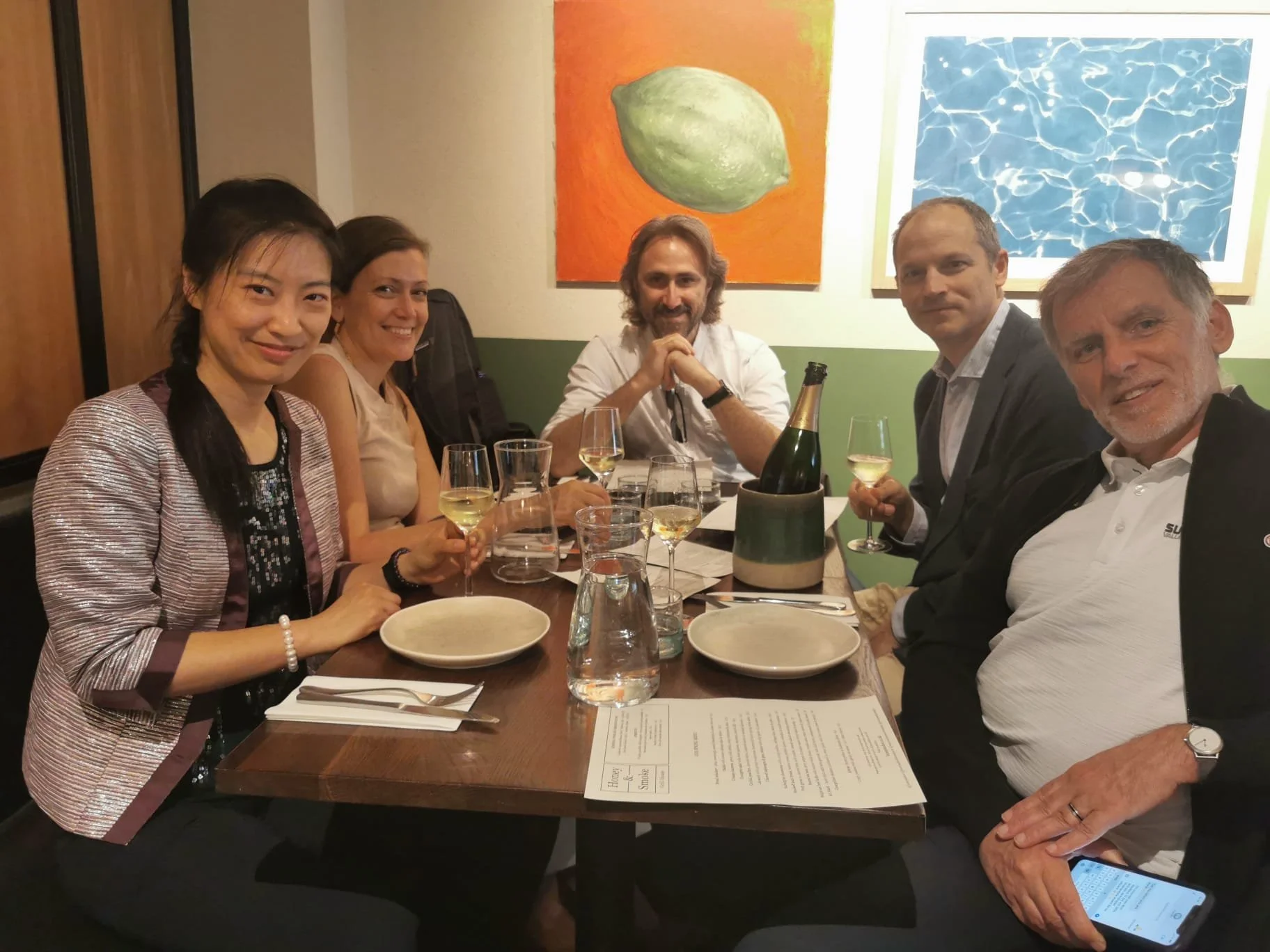Wellcome Discovery Award for UNICIL!
5 million project to ‘crack the code’ of motile cilia – tiny propellers with big impact on human health
As part of an international team of researchers, led by the University of Exeter, we have been awarded a £5 million Wellcome Trust Discovery Award to investigate one of the body’s most fascinating microscopic machines – motile cilia!
Cilia are tiny, hair-like structures on most cells throughout the human body and which play key roles in development and maintaining health. For motile cilia, their coordinated beat helps clear mucus in our lungs and move cerebrospinal fluid within our brains to helping organs develop in the right place. However, when they don’t work properly it can lead to serious genetic disorders - known as primary ciliary dyskinesia (PCD), a motile ciliopathy - which can cause chronic lung disease, infertility, hydrocephalus, and other life-threatening or life-limiting complications.
Our pioneering new project, called UNICIL (UNIty and diversity of MultiCILiary function) led by Professor Kirsty Wan from the University of Exeter’s Living Systems Institute, will see six leading research groups from across Europe come together to uncover the core biophysical principles of how motile cilia function across different scales — from single cells to entire tissues.
Prof. Kirsty Wan, said: “Despite major recent advances in resolving the molecular architecture of these complex structures, it’s rather surprising that we still lack understanding of how cilia come together to generate effective fluid flow in diverse natural settings. We are thrilled that Wellcome supports our long-term ambition bringing together biology, physics and maths to tackle this grand challenge. Together, theory and experiments with expertise across disciplines and species will usher in a new era of cilia research.”
Together with ourselves, Profs Gáspár Jékely (University of Heidelberg, Germany), Eric Keaveny (Imperial College London, UK), Juliette Azimzadeh (Institut Jacques Monod, Paris, France) and Laurent Kodjabachian (IBDM, Marseille, France), our team will harness the power of model organisms to study motile cilia function and coordination.
By combining cutting-edge imaging, genetics, cell biology, multiscale physical and computational modelling, the team aims to transform how scientists understand — and eventually diagnose and treat — ciliopathies, for example through emerging gene therapies.
This groundbreaking interdisciplinary research promises not only to open new frontiers in basic biology, with direct implications for human health, but also reshape how scientists approach some of the most puzzling genetic disorders — and offer hope to thousands affected by cilia-related diseases. It looks to start January 2026.

